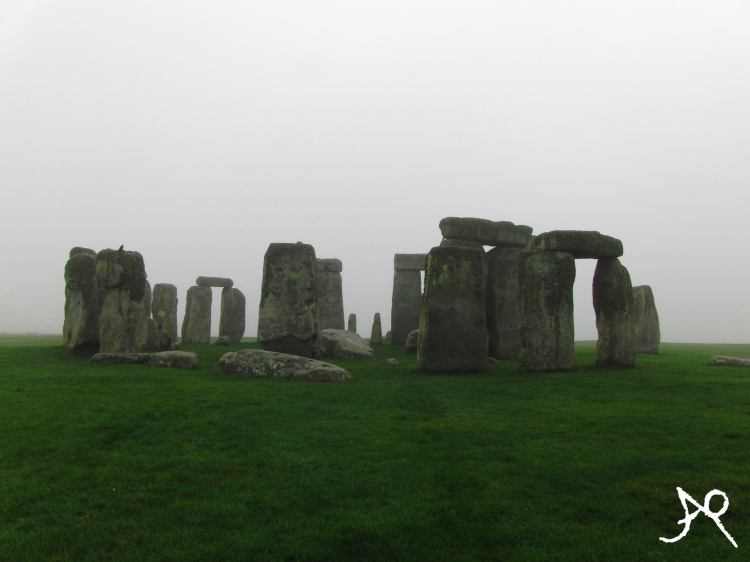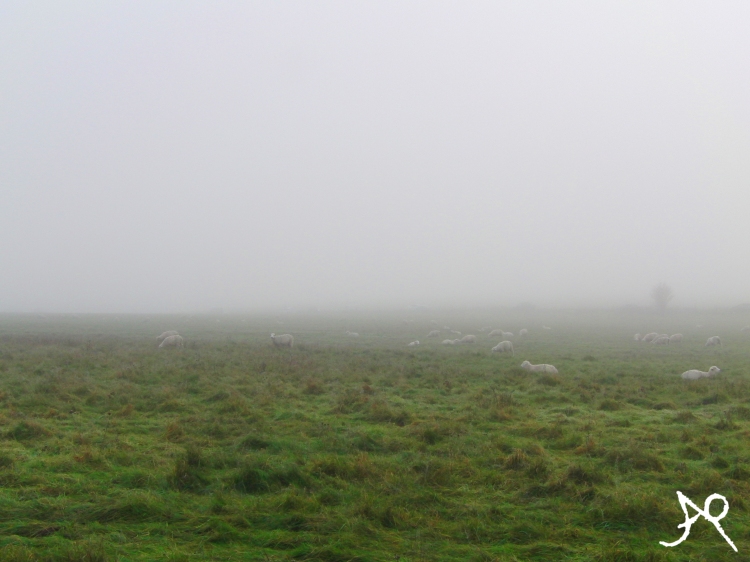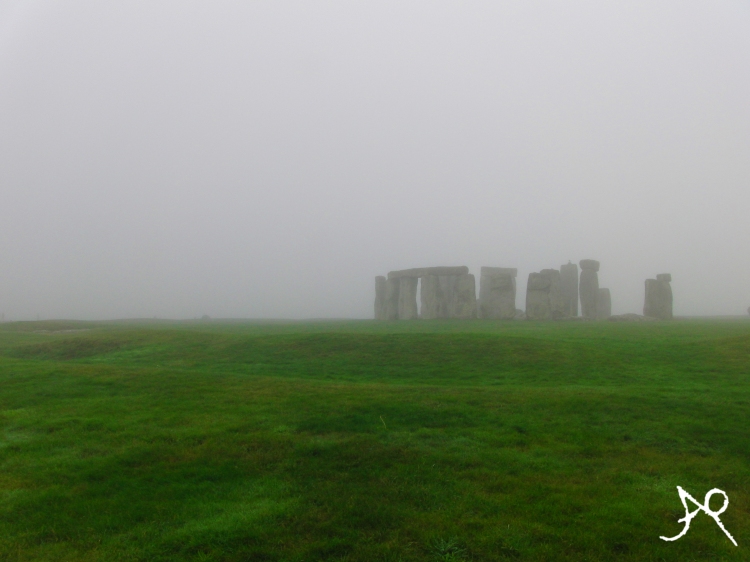This week’s photo challenge of The Daily Post was about something ‘resilient’. As I really like travelling and experiencing different cultures I already have seen some very old and resilient monuments or places such as the Via Apia or the Colosseum in Rome as well as Stonehenge in England. It is a breath-taking feeling standing there many years after those places where built and thinking about what the people did there in the past. It is quite fascinating how long those places already exist. There were no technical tools making it easy to build them. All they had were very easy tools which cost many people their lives.
Around two years ago I went to the prehistoric Stonehenge in Wiltshire, England as part of a trip to Bath. It is an in the Neolithic age built monument and was listed as one of the UNESCO World Cultural Heritage in 1986. Stonehenge is a stone circle which was erected in four stages. The first built ditch and earth band have a diameter of 87 meters and are dated around 3100 BC, which was the earliest phase of the monument. Between 2400 BC and 2200 BC the first bluestones of total 82 have been raised. Some of them weight about four barrels and have been carried from the Perseli Mountains in South-West Wales. It is assumed that rivers alongside the Welsh coast have been used to transport the stones to their final place in Amesbury, meaning that the stones travelled on a way of around 386 kilometres. The final circle consists of totally two rings, an outer one and one in the centre of the earth band.
Around 2000 BC within the third stage, some Sarsen Stones have been transported around 40 kilometres to their final destination. Some of those stones weight up to 50 barrels It is assumed that they needed a minimum of 500 people to carry the stones on land, as it was not possible to transport them on the water. The Sarsen Stones form the final ring on the outside of the monument. Within this circle there were five ‘trilithons’, which are two straight stones covered with one lying stone on top, forming the shape of a horseshoe. The form and arrangement of the stones we see today were rearranged around 1500 BC within the last stage.
It was very incredible and impressing to stand right in front of such an old, resilient monument. The fog and quite dark lighting made it an even more mystical and magical experience. It was a special time visiting Stonehenge and it was a great feeling standing at such an old place.
As this was the last photo challenge of 2016 I want to wish everyone a HAPPY NEW YEAR 2017!! 🙂










Gorgeous photos of Stonehenge. We were there once. No, I was there once. My husband lived in London for two years when he was 11, 12 years old. Stonehenge was not fenced in then. Just want to share my entry with you and invite you to visit. Happy New Year.
https://theshowersofblessing.wordpress.com/2016/12/30/weekly-photo-challenge-life-overcomes/
LikeLiked by 1 person
Thank you very much! I’m really happy to read that☺
Oh, that is nice! Thank you, those are really amazing pictures on your page!
Happy New Year to you too!
LikeLiked by 1 person
You have a great blog and great photos. I’m glad I found your blog!
LikeLiked by 1 person
Thank you so much, that’s really lovely!! 🙂
LikeLike
Gorgeous photos of Stonehenge.
LikeLiked by 1 person
Thank you very much!! That’s really kind ☺
LikeLiked by 1 person
An excellent choice of subject for this challenge, and great photos.
LikeLiked by 1 person
Thank you very much! That is so lovely to read 🙂
LikeLiked by 1 person